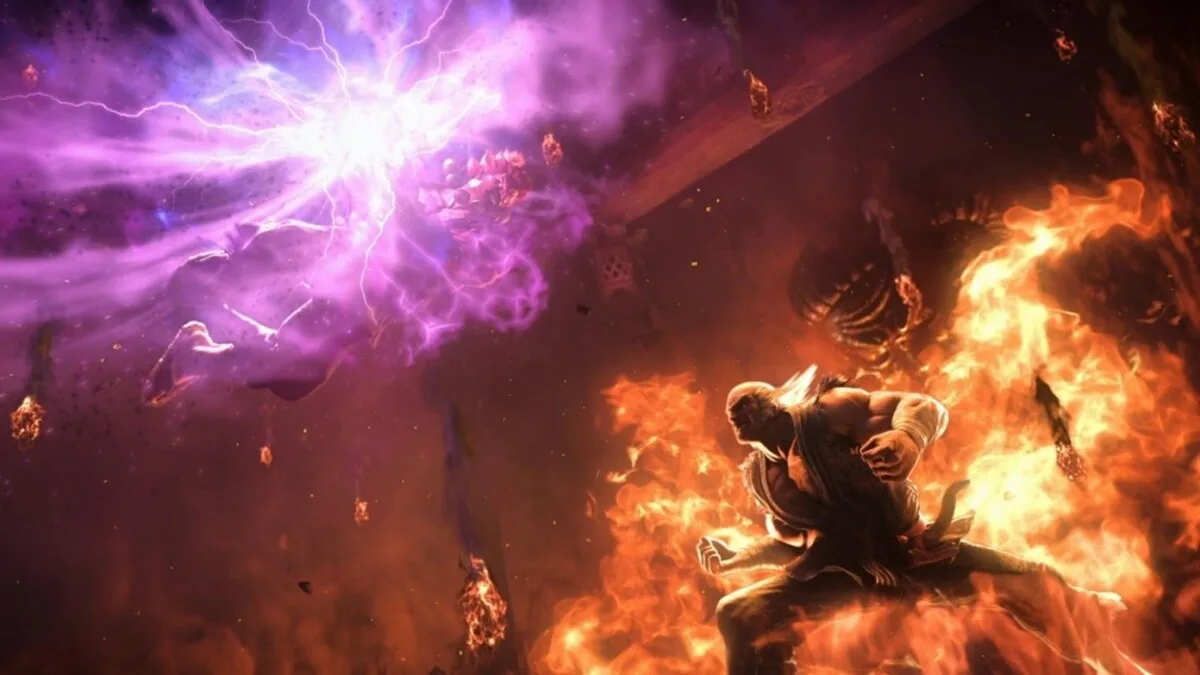
Tekken X Street Fighter is not dead but is not going over its 30% of development anytime soon
Hope in fighting games is a funny kind of currency. We save it, hoard it, spend it on timelines and teaser lines, and then pretend we’re not bothered when another dream slips back into limbo.… Tekken X Street Fighter is not dead but is not going over its 30% of development anytime soon